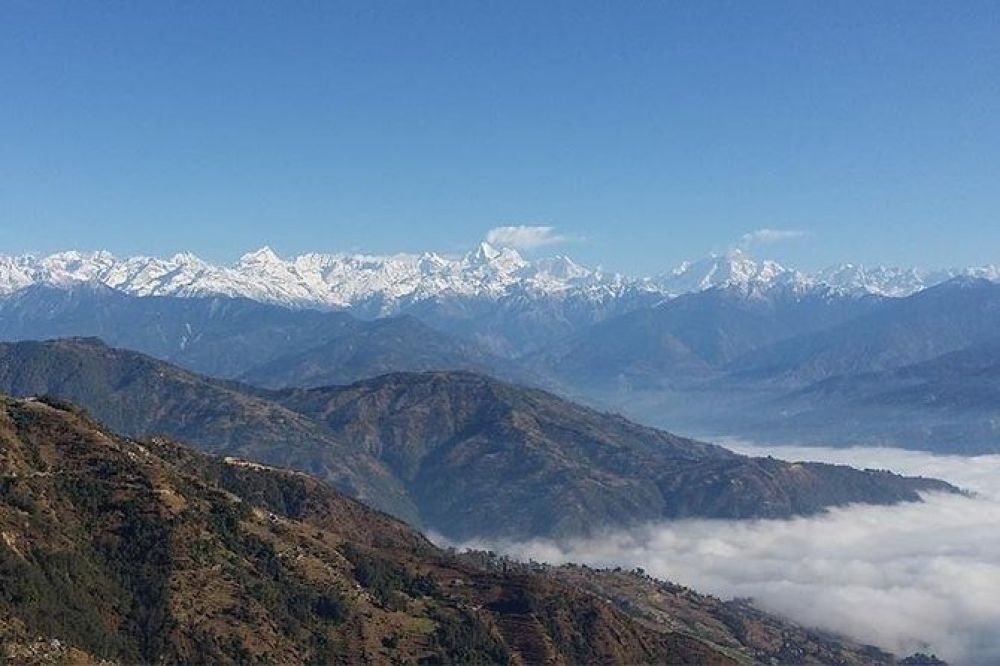

Nestled at an elevation of around 2,175 meters, Nagarkot is a quaint hill station famed for its panoramic views of the Himalayas. The history of tourism in Nagarkot can be traced back to the era when Nepal first opened its doors to foreigners in the 1950s. Initially, Nagarkot was a weekend getaway for the royal family and elites of Nepal seeking solitude and fresh mountain air. With the passage of time, its alluring landscapes began attracting trekkers and nature lovers from around the globe.
During the 1970s and 1980s, as Nepal’s tourism infrastructure evolved, Nagarkot developed into a popular stopover for trekkers traveling towards the Everest region. This era marked the establishment of several hotels and lodges, designed to cater to the tastes of international visitors. The concept of 'teahouse trekking' also emerged, with many local residents opening their homes to travelers, thus fostering a vibrant homestay culture.
By the 1990s, Nagarkot had cemented its status as a must-visit destination for those keen to witness the spectacular Himalayan panorama that included peaks like Mount Everest, Annapurna, and Manaslu. The town became a quintessential part of the Nepali tourism landscape, offering a serene escape from the bustling city life of Kathmandu while showcasing the natural beauty of the region.
Today, Nagarkot continues to evolve with burgeoning tourism trends. Alongside traditional hotels, travellers now have options that range from luxurious resorts to eco-friendly accommodations. Embracing sustainability, many establishments are now focusing on minimizing their environmental footprint, offering organic food and promoting eco-tourism activities.
Adventure tourism has also seen a rise in Nagarkot with options such as mountain biking, paragliding, and hiking. Many visitors opt for the scenic hike from Bhaktapur to Nagarkot, or to the renowned viewpoint at Nagarkot View Tower, to witness awe-inspiring sunrises and sunsets against the backdrop of the Himalayas.
Furthermore, agritourism is gaining popularity, with tourists seeking authentic experiences by partaking in local farming activities. The community-based tourism initiatives in Nagarkot enable visitors to immerse themselves in the daily life of Nepali villagers, benefitting both the travelers and the host communities economically and culturally.
The trend of digital nomadism has not left Nagarkot untouched. Visitors looking for a peaceful environment to work remotely are drawn here, captivated by the area’s natural amenities and the availability of basic infrastructure catering to digital work needs.
The tourism sector in Nagarkot is also leveraging social media to attract travellers. Instagram-worthy spots are advertised to appeal to the younger demographic, while platforms like Tripadvisor and Airbnb help visitors plan their stays and activities, contributing to the town’s online presence and accessibility.
As tourism trends continue to evolve, Nagarkot’s natural beauty and hospitality ensure it remains a beloved destination for all who seek to enjoy the splendor of the Himalayas. Efforts to preserve the environment and promote sustainable practices are key to ensuring that Nagarkot will be enjoyed by generations of tourists to come.